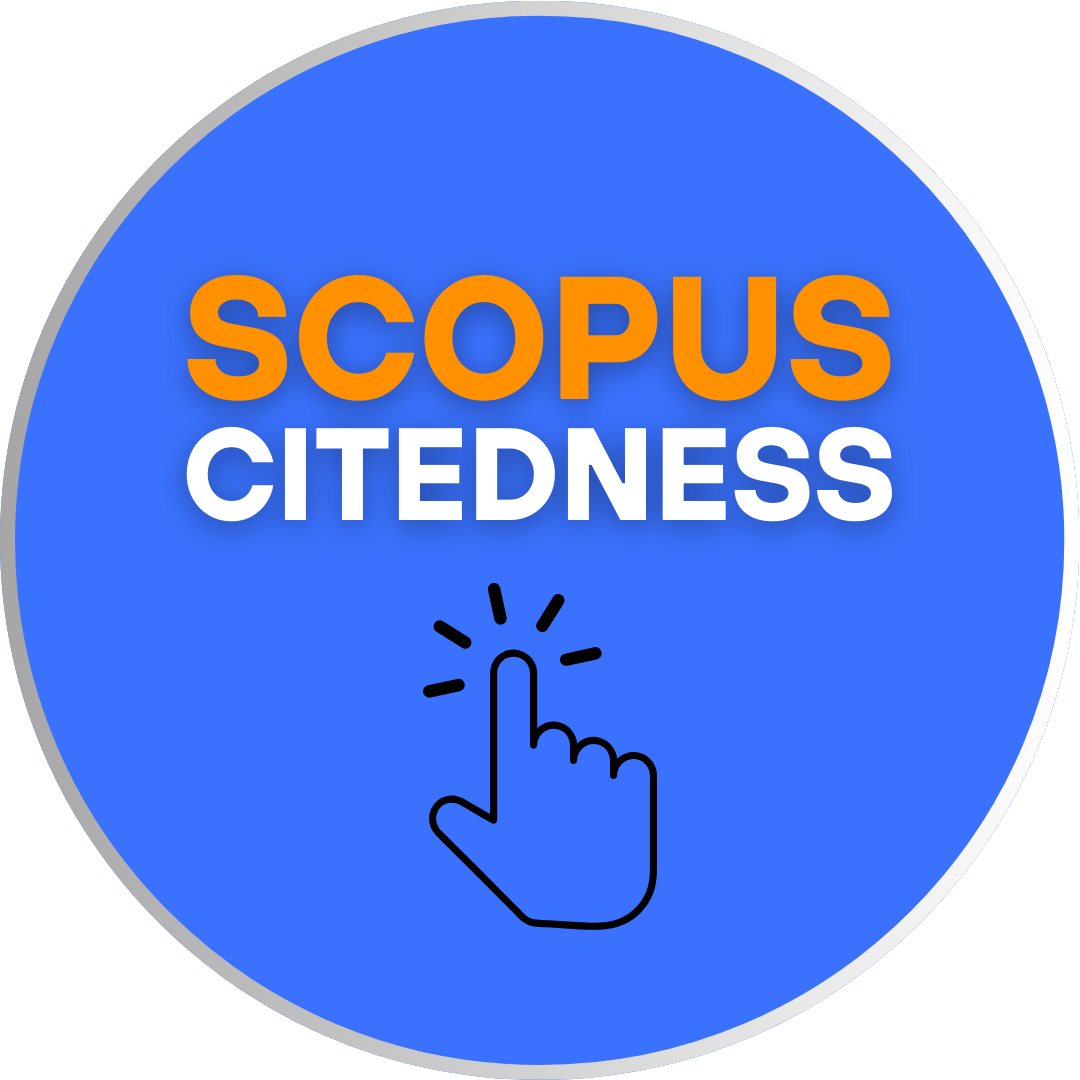ATTRIBUTES FOR THE FUNDAMENTAL REQUIREMENTS OF A GOOD PRACTICE OF ONLINE COURSE: A REFLECTIVE STUDY ON THE 1ST INDONESIAN MASSIVE OPEN ONLINE COURSE (IMOOC)
DOI:
https://doi.org/10.18592/let.v8i2.2396Keywords:
Content, Facilitation, Information and communication technology, Massive Open Online Course (MOOC)Abstract
Technology advancement has allowed our education to make innovations, and massive open online courses (MOOCs) has become one of the promising programs that facilitate fruitful learning outcomes for many fields of study especially English language learning. This reflective study evaluated the first iteration of Indonesian Massive Open Online Course (IMOOC), in 2017, perceived from both facilitator and participant point of view, taking the IMOOC IAIN Salatiga camp as the sample subject of the study. Our reflections started with vignettes on challenges and opportunities for online learning and some attributes generally referred to as the basic requirements of successful open online course, such as, curiosity and richness in ways of the learning materials, preferences in learning and flexibility for the aspects of learning style and facilitation, and user-friendliness for the aspects of information and communication technology. Finally, our reflections as a facilitator and a participant to the first IMOOC discovered assorted technical and module-related issues faced by facilitator and participants respectively but both assured of opportunities prospective to develop professionalism in English language teaching in the future. In a more serious note, this study has formulated 3 attributes for the basic requirements of successful open online course namely providing multimodal contents in accordance with participant critical thinking level, accommodating different learning styles with stimulating facilitation, and utilizing current and user-friendly digital tools applicable and integrative in Indonesian teaching context.References
Blake, R. J., & Delforge, A. M. (2004). Language learning at a distance: Spanish without walls. NFLRC Symposium.
Bonk, C., & Khoo, E. (2014). Adding some TEC-VARIETY: 100+ activities for motivating and retaining learners online. Bloomington, IN: Open World Books.
Bozkurt, A., et al. (2016). Research trends in massive open online course (MOOC) theses and dissertations: surfing the tsunami wave. Open Praxis, Vol. 8, Issue 3, pp. 203–221.
Brown, J.S. (2006). Learning in the digital age (21st Century). Paper presented at the 7th Annual Ohio Digital Commons for Education (ODCE) Conference, Columbus, Ohio.
Chmura, A., & Borrud Z. (2017). Digital tools through a K-3 teacher’s perspective. Malmo University.
Daniel, J., (2012). Making Sense of MOOCs: Musings in a Maze of Myth, Paradox and Possibility. Journal of Interactive Media in Education. 2012 (3).
Farivar, A. & Rahimi, A. (2015). The Impact of CALL on Iranian EFL Learners' Autonomy. Procedia – Social and Behavioral Sciences, 192, 644-649.
Howard, J. & J. Major. (2004). Guidelines for designing effective English language teaching materials. Retrieved from http://www.paaljapan.org/resources/proceedings/PAAL9/pdf/Howard.pdf.
Huffaker, D. A., & Calvert, S.L. (2003). The new science of learning: Active learning, metacognition, and transfer of knowledge in e-learning applications. Journal Educational Computing Research, 29(3), 325 – 334
Kennedy, J. (2014). Characteristics of Massive Open Online Courses (MOOCs): A Research Review, 2009-2012. Journal of Interactive Online Learning, Vol. 13, No. 1.
Miangah, T.M. & Nezarat, A. (2012). Mobile-Assisted Language Learning. International Journal of Distributed and Parallel Systems, vol. 3, no. 1, pp. 309-319.
Mokhtari, H. (2013). Iranian EFL Learner’s attitude towards CALL. Procedia – Social and Behavioral Sciences, 70, 1630-1635.
Liu, M. & Kleinsasser, R. C. (2015). Exploring EFL Teachers’ CALL Knowledge And Competencies: In-Service Program Perspectives. Language Learning & Technology. Vol. 19, Number 1, pp. 119–138.
Pawan, F., Wiechart, K.A., Warren, A.N, & Park, J. (2016). Pedagogy and Practice for Online English Language Teacher Education Virginia: TESOL International Association
Perez, Sarah. July 2, 2012. comScore: In U.S. Mobile Market, Samsung, Android Top The Charts; Apps Overtake Web Browsing. techcrunch.com.
Richards, J. C., & Lockhart, C. (1994). Reflective teaching in second language classroom. Cambridge, UK: Cambridge University Press.
Shih, R. C. (2011). Can Web 2.0 technology assist college students in learning English writing? Integrating Facebook and peer assessment with blended learning. Australasian Journal of Educational Technology, vol. 27, no. 5, pp. 829-845.
Downloads
Published
How to Cite
Issue
Section
License
Authors who publish with this journal agree to the following terms:
- Authors retain copyright and grant the journal right of first publication with the work simultaneously licensed under a Creative Commons Attribution License that allows others to share the work with an acknowledgement of the work's authorship and initial publication in this journal.
- Authors are able to enter into separate, additional contractual arrangements for the non-exclusive distribution of the journal's published version of the work (e.g., post it to an institutional repository or publish it in a book), with an acknowledgement of its initial publication in this journal.
- Authors are permitted and encouraged to post their work online (e.g., in institutional repositories or on their website) prior to and during the submission process, as it can lead to productive exchanges, as well as earlier and greater citation of published work.
LET (LINGUISTICS, LITERATURE, AND LANGUAGE TEACHING) http://jurnal.uin-antasari.ac.id/index.php/let/index licensed under a Creative Commons Attribution 4.0 International License.
















